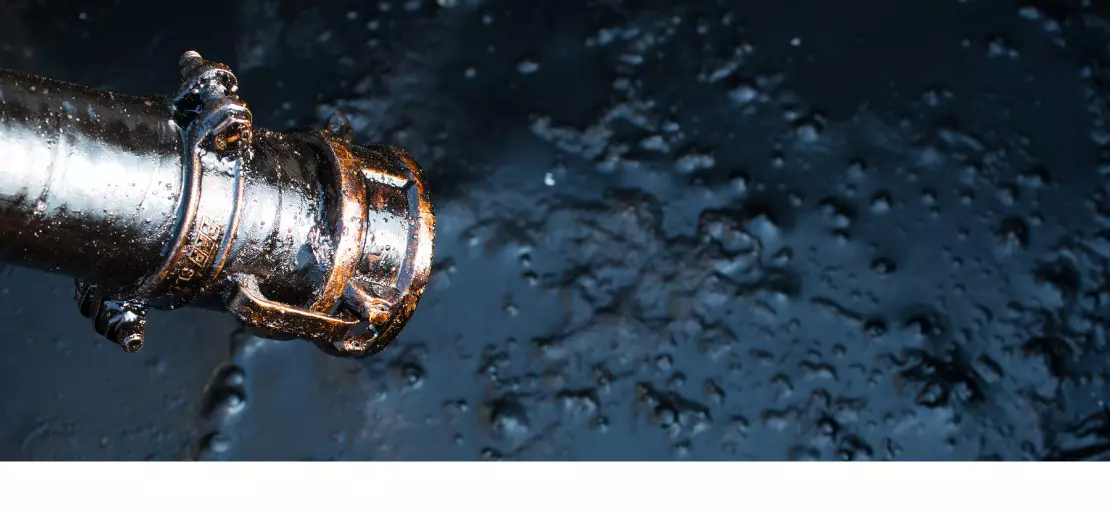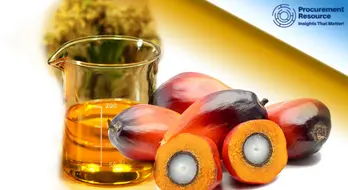Asia to Have Marginal Dependency on Russian Crude

Asian refiners have been largely unaffected by the Russia-Ukraine conflict. Russian oil accounts for only a small portion of many Asian countries’ refinery feedstock import baskets, with many alternatives seen as available.
Because Russian crude accounts for only 1-6 percent of total crude imports by Asian economies, excluding China, major refiners indicated that it wasn't too challenging to put contingency plans in place with several US, Middle Eastern, West African. Southeast Asian crude grades are added to the list of potential replacement grades for Russian crudes that the companies regularly procure.
Crude suppliers have been asked by the Indian Oil Corporation to stop extending Russian and Kazakh crudes to avoid payment and insurance risks caused by international sanctions imposed on Russia following its military invasion of Ukraine. In 2021, India, the world's third-largest crude importer, imported less than 1% of its crude imports from Russia.
IOC had contracted 2 million mt of high sulphur Russian Urals grade for April delivery in February before the invasion began. In addition, Nayara Energy purchased 2 million mt of the Urals for delivery in April.
Because India is not overly reliant on Russian crude, the South Asian oil buyer can withstand any potential supply disruption from Russia. Indian buyers are becoming increasingly concerned about consignment logistics and cargo delays from the Black Sea region, which may prompt them to seek temporary replacement cargoes from the Middle East.
The infrastructure that the future terminal will not use will be decommissioned safely. Closing the refinery began at the end of August 2021, after the company announced its intention to complete it in February 2021. Most of the facilities have been shut down, but some parts of the refinery, such as the flares and boilers, will continue to operate in 2022.
BP Australia is conducting a flexible study on the production of green hydrogen at the Kwinana refinery site. It will collaborate with Macquarie Capital on the project, which the Western Australian government will fund.
The Petroleum Planning and Analysis Cell, India's gasoline consumption fell 13% month in January to a four-month less of 6.37 million mt. According to historical PPAC data, gasoline consumption in India was declined in September 2021, when it was recorded at 5.52 million mt. Consumption was down 6.5 percent year on year.
Indian Oil Corporation has asked its crude suppliers to stop offering Russian and Kazakh crudes to avoid payment and insurance risks caused by international sanctions imposed on Russia following its military invasion of Ukraine.
In 2021, India, the world's third-largest crude importer, imported less than 1% of its crude imports from Russia. IOC had contracted 2 million mt of high sulphur Russian Urals grade for April delivery in February before the invasion began. In addition, Nayara Energy purchased 2 million mt of the Urals for delivery in April.
Pakistan's oil consumption increased 10% year on year to 1.54 million mt in February, according to the most recent data from the country's Oil Companies Advisory Council on March 2, aided by increased automobile sales and a pick-up in demand from the farm sector. Motor gasoline sales increased 4.2 percent to 650,000 mt in February, while diesel and fuel oil, or furnace oil, rose 7.6 percent and 28 percent, respectively, to 590,000 mt and 220,000 mt.



